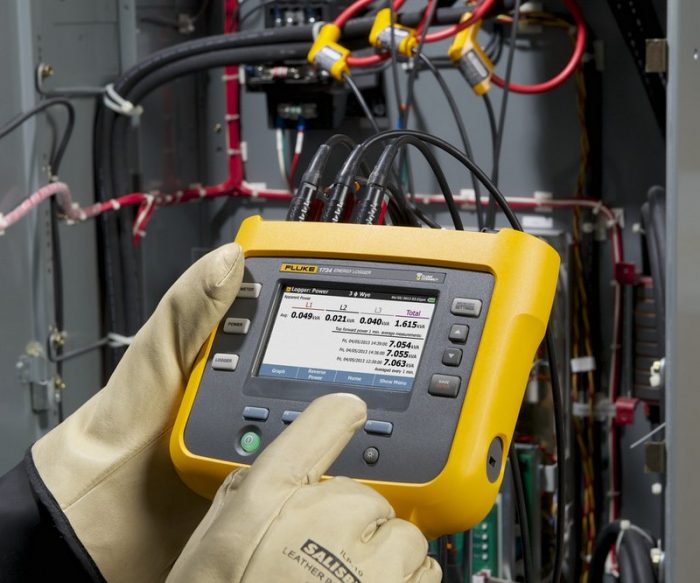Installer FAQ: How to use data loggers to size PV + battery systems for the best ROI

Solar PV installers are increasingly including energy storage systems (ESS) to compensate for the PV’s intermittent generation. Rates and incentives for sending electricity back to the grid are constantly changing, though. Some energy storage systems can pay for themselves in a year if they’re sized correctly for the installation.
What’s the best way to know what size is right? Know the different utility rates that apply to the building and gather detailed data on the building’s electricity usage with an energy logger. Then use the combined information to design a properly matched PV/ESS for a better return on investment.
How to measure a building’s usage patterns
To understand the building’s power and energy usage, you measure voltage, current, and time. An energy logger can measure the building’s energy and power usage patterns (its load profile) and help you design a PV/ESS system appropriate to its needs. Here’s the basic math:
Power = Voltage x Current
Energy = Power x Time
These measurements should be taken over time. You want readings from a prolonged period, perhaps for a whole day or a week. You can even capture readings over different days and weeks throughout different seasons, since usage often shows seasonal patterns.
To measure voltage, use alligator clips attached to the voltage source that you’re measuring. To measure current, use current transformer clamps (CTs, also called current transducers) that come with the energy logger. Note: Follow the logger’s instructions for proper setup to get power and energy data for the circuit you’re measuring.
Usually, the most important circuit to measure is connected to the utility meter, the service entrance conductors. You’ll need at least three CTs for a commercial building’s three-phase electricity. You’ll also need at least two CTs for a typical North American 120/240 split-phase residential service. In many countries residential is single-phase line to neutral, which means you may only need one CT outside North America.
Understanding energy storage
An ESS is rated on power (rate) and quantity (energy). An ESS may have a power rating that’s half of the energy rating, yet in different units — for example, a large ESS rated as 1 MW/2 MWh. This means that the ESS could charge or discharge at a maximum rate of 1 MW. By storing 2 MWh, it could theoretically fully discharge at its full rate of 1 MW for 2 hours. However, most batteries used today, whether lithium-based or lead-acid, aren’t typically fully charged and discharged as that will shorten the life of the battery and perhaps void the ESS warranty.
There are different meanings for capacity:
- For both smaller and older lead-acid battery systems, you often hear capacity being referred to as ampere hours (Ah). In order to get energy from Ah, you multiply Ah by volts.
- Individual battery cells are also rated in Ah, but when working with an ESS, you won’t see the battery cells.
- Most often, ESS capacity is a measurement of maximum output power, so the capacity of the 1MW/2MWh example would be 1 MW. This is usually determined by the inverter size.
Once you know the building’s load profile and energy storage needs, you can calculate the optimal size of the PV array and battery storage for the best ROI. In some cases, the best option may be a bigger battery; in others, it can mean more solar panels. An ESS can pay for itself very quickly when offsetting demand charges for commercial buildings, which are attached to the rate the building uses power (capacity). By knowing the building’s power requirements after doing analysis with an energy logger, you can properly size the ESS capacity rating.
Adding an ESS to the PV equation can be more lucrative, but it also makes system sizing more complex. Electricity usage can change due to many difficult-to-predict factors, including the number and types of tenants in a building, the popularity of electric vehicles, weather, climate, pandemics, and of course, human behavior. A system designer should run an advanced simulation with software that can simulate different scenarios against the various rate schedules available. The more data you provide, the better the simulation will be.
Sean White is a NABCEP Associate Provider and NABCEP Registered Continuing Education provider who teaches customized solar PV courses for NABCEP credit around the world. He has authored eight technical books on solar PV and energy storage.





Comments are closed here.